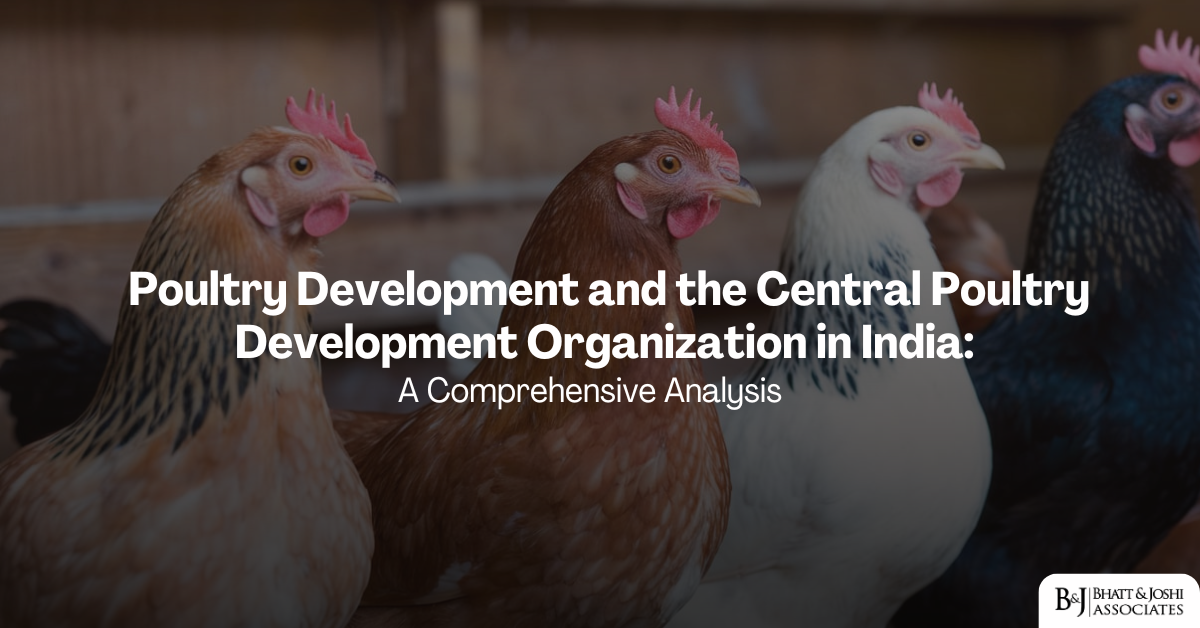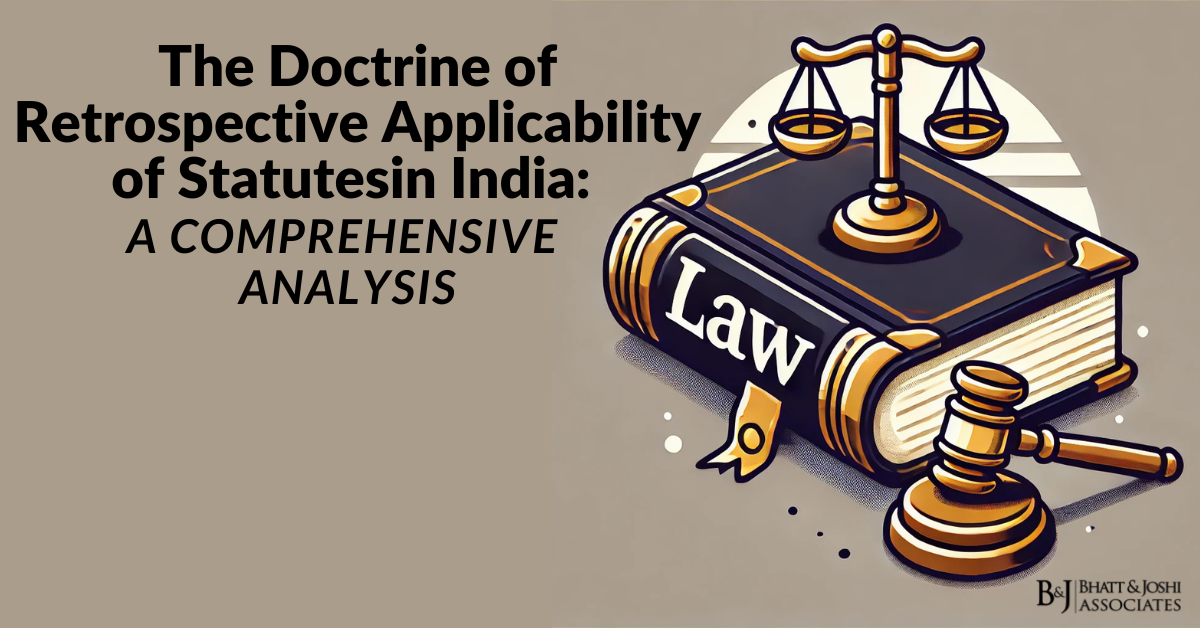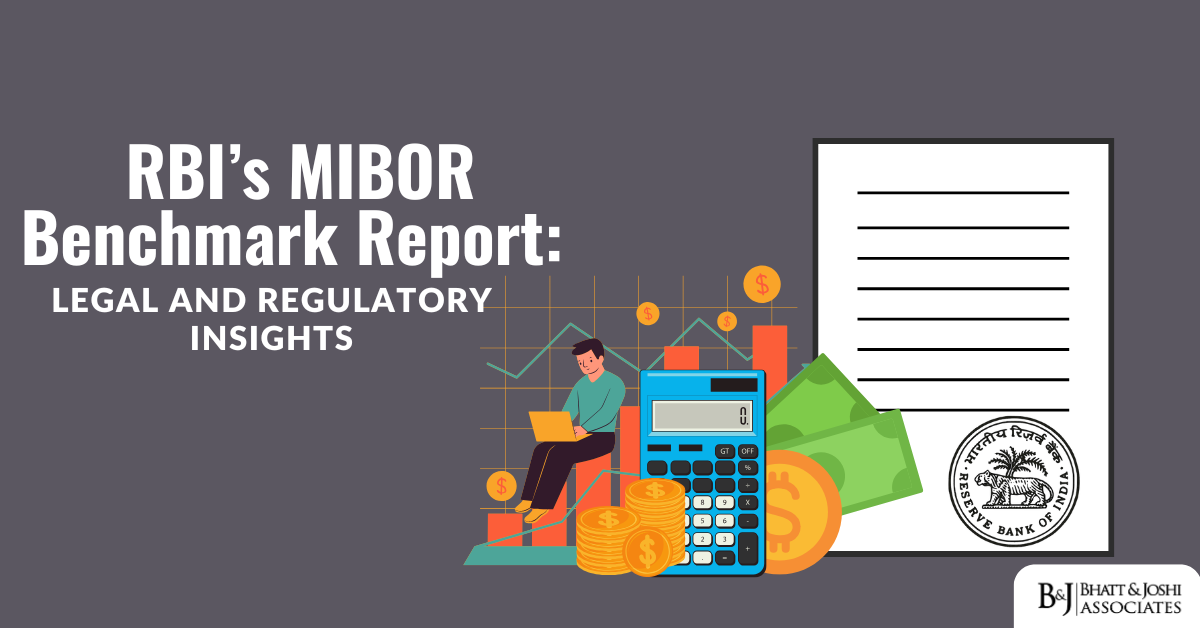Introduction
The poultry sector in India has undergone a remarkable transformation over the past few decades, evolving from a backyard activity to a technologically advanced industry. This sector plays a crucial role in the country’s economy, providing employment to millions and contributing significantly to food security and nutritional well-being. At the forefront of guiding this transformation and addressing the sector’s challenges is the Central Poultry Development Organization (CPDO). This article delves into the multifaceted aspects of poultry development in India, exploring the historical evolution of the sector, the establishment and role of the CPDO, and the regulatory framework that governs this vital industry.
Historical Context and Evolution of Poultry Sector
The history of poultry farming in India can be traced back to ancient times, with references to chicken rearing found in historical texts. However, modern poultry farming in India began to take shape in the post-independence era. The early years of poultry development were characterized by small-scale, backyard operations primarily for subsistence purposes.
The 1960s marked a significant turning point for the Indian poultry sector. This period saw the introduction of hybrid birds, improved feed formulations, and modern management practices. The establishment of the first Central Poultry Breeding Farm in Bangalore in 1960 was a landmark event, signaling the government’s commitment to scientific poultry development.
The 1970s and 1980s witnessed rapid growth in the sector, driven by technological advancements and increasing demand for poultry products. This period saw the emergence of large-scale commercial poultry farms, particularly in states like Andhra Pradesh, Tamil Nadu, and Maharashtra. The integration of various components of the poultry value chain – from breeding to marketing – began during this phase.
The 1990s brought new challenges and opportunities with the liberalization of the Indian economy. The sector saw increased foreign investment and technology transfer, leading to further modernization. However, this period also highlighted the need for better disease control measures and quality standards, especially in the wake of disease outbreaks like avian influenza.
The turn of the millennium saw the Indian poultry sector emerging as a globally competitive industry. India became self-sufficient in poultry production and even started exporting poultry products to other countries. However, new challenges emerged, including concerns about food safety, animal welfare, and environmental sustainability.
The Central Poultry Development Organization: Establishment and Mandate
The Central Poultry Development Organization (CPDO) was established under the Ministry of Agriculture and Farmers Welfare, Government of India, to spearhead the scientific development of the poultry sector. The CPDO operates through four regional centers located in Chandigarh, Bhubaneswar, Mumbai, and Bengaluru.
The primary objectives of the CPDO, as outlined in its mandate, include:
Production and distribution of high-quality poultry germplasm to state farms and private breeders. Demonstration of scientific poultry farming techniques to farmers and entrepreneurs. Providing training to farmers, entrepreneurs, and field veterinarians in various aspects of poultry production. Conducting research on various aspects of poultry breeding, nutrition, and management. Testing and evaluation of different breeds and strains of poultry for their performance under Indian conditions. Providing technical consultancy services to poultry farmers and entrepreneurs.
These objectives underscore the comprehensive role envisioned for the CPDO in nurturing and modernizing the poultry sector.
The CPDO’s approach to poultry development is multifaceted, encompassing various aspects from breeding to marketing. The organization works closely with state governments, research institutions, and industry stakeholders to implement its various programs and initiatives.
Regulatory Framework
The regulatory framework governing the poultry sector in India is complex, involving multiple laws, rules, and regulations at both the central and state levels. While the CPDO plays a crucial role in technical guidance and implementation, several other regulatory mechanisms are in place to ensure food safety, animal health, and sustainable development of the sector.
The Prevention of Cruelty to Animals Act, 1960
This Act provides the basic legal framework for animal welfare in India, including poultry. Section 11 of the Act states:
“If any person treats any animal so as to subject it to unnecessary pain or suffering he shall be punishable with fine which may extend to fifty rupees, or with imprisonment for a term which may extend to three months, or with both.”
This provision has implications for poultry farming practices, particularly in terms of housing and handling of birds.
The Food Safety and Standards Act, 2006
This Act provides the overarching legal framework for food safety in India, including poultry products. It establishes the Food Safety and Standards Authority of India (FSSAI) as the apex body for regulating the food sector. Key provisions related to the poultry industry include:
Setting standards for poultry meat and egg products. Regulating the use of antibiotics and other chemicals in poultry production. Ensuring safety and quality of poultry products.
Section 16(1) of the Act states:
“Notwithstanding anything contained in any other law for the time being in force, the Food Authority shall have the duty to regulate and monitor the manufacture, processing, distribution, sale and import of food so as to ensure safe and wholesome food.”
This provision underscores the comprehensive regulatory approach to ensuring food safety, including in the poultry sector.
The Livestock Importation Act, 1898 (as amended)
This Act regulates the importation of livestock, including poultry, into India. It provides for quarantine measures and health certifications to prevent the introduction of animal diseases. Section 3A of the Act empowers the Central Government to:
“Regulate, restrict or prohibit in such manner and to such extent as it may think fit, the import into India of any livestock which may be liable to be affected by infectious or contagious disorders.”
This provision is crucial for protecting India’s poultry population from exotic diseases.
Case Laws and Judicial Interventions
The poultry sector has been subject to various legal disputes and judicial interventions over the years, reflecting the complex interplay of economic, environmental, and animal welfare considerations. Some significant case laws include:
People for Animals vs. State of Goa (2014)
This case dealt with the issue of battery cages in poultry farming. The Bombay High Court observed:
“The use of battery cages for housing egg-laying hens violates the provisions of the Prevention of Cruelty to Animals Act, 1960. The government must phase out such cages and promote more humane housing systems for poultry.”
This judgment had significant implications for the egg industry, necessitating changes in housing systems for layer birds.
Humane Society International vs. Union of India & Ors. (2018)
This case addressed the issue of antibiotic use in poultry farming. The Delhi High Court directed:
“The government must formulate and implement regulations to curb the indiscriminate use of antibiotics in poultry farming, considering its potential impact on human health through antimicrobial resistance.”
This judgment highlighted the need for responsible antibiotic use in the poultry sector and led to stricter regulations on the use of antibiotics in animal feed.
The Role of CPDO in Poultry Development
The Central Poultry Development Organization has played a pivotal role in shaping India’s poultry sector since its inception. Its activities span several crucial areas:
- Genetic Improvement: The CPDO maintains and improves various pure lines of poultry, which are used to produce commercial hybrids. This work has been crucial in enhancing the productivity of Indian poultry breeds.
- Training and Capacity Building: The organization conducts various training programs for farmers, entrepreneurs, and veterinarians. These programs cover diverse aspects of poultry farming, from basic husbandry practices to advanced management techniques.
- Technology Demonstration: The CPDO showcases modern poultry farming technologies through its demonstration farms. These farms serve as models for farmers and entrepreneurs looking to adopt scientific poultry farming practices.
- Research and Development: The organization conducts research on various aspects of poultry production, including nutrition, disease control, and housing systems. This research has contributed significantly to improving poultry farming practices in India.
- Germplasm Supply: The CPDO supplies high-quality poultry germplasm to state farms and private breeders, ensuring the availability of superior genetic material for the industry.
- Technical Consultancy: The organization provides technical advice to farmers, entrepreneurs, and government agencies on various aspects of poultry farming.
These multifaceted interventions by the CPDO have been crucial in enhancing the productivity and competitiveness of India’s poultry sector, addressing various challenges faced by farmers and entrepreneurs.
Recent Developments and Initiatives
In recent years, the poultry sector has witnessed several significant developments, many of which have been supported or facilitated by the Central Poultry Development Organization:
- Focus on Indigenous Breeds: There has been a renewed emphasis on conserving and promoting indigenous poultry breeds, recognizing their adaptability to local conditions and resistance to diseases. The CPDO has been at the forefront of these conservation efforts.
- Promotion of Backyard Poultry: Recognizing the potential of backyard poultry in rural livelihood enhancement, there has been increased attention to promoting small-scale poultry farming. The CPDO has developed and promoted low-input technology birds suitable for backyard rearing.
- Use of Technology: The sector has seen growing adoption of technology, including automated feeding and climate control systems in large-scale farms. The CPDO has been promoting these technologies through its demonstration farms and training programs.
- Emphasis on Biosecurity: In the wake of avian influenza outbreaks, there has been increased focus on biosecurity measures in poultry farms. The CPDO has been instrumental in promoting best practices in biosecurity through its training and extension activities.
- Diversification of Poultry Products: There has been a trend towards diversification of poultry products, including value-added egg and meat products. The CPDO has been supporting this trend through research and technical guidance.
Challenges and Future Prospects of Poultry Sector in India
Despite its growth and potential, the poultry sector in India faces several challenges:
- Disease Outbreaks: Periodic outbreaks of diseases like avian influenza pose significant risks to the industry.
- Feed Costs: The rising cost of feed ingredients, particularly maize and soybean, affects the profitability of poultry farming.
- Environmental Concerns: Issues related to waste management and environmental impact of large-scale poultry farms have come under increased scrutiny.
- Animal Welfare: There is growing concern about animal welfare in intensive poultry farming systems.
The Central Poultry Development Organization and related policy initiatives are addressing these challenges through various measures:
- Disease Control: Promoting better biosecurity practices and supporting research on disease prevention and control.
- Feed Efficiency: Conducting research on alternative feed ingredients and promoting efficient feed formulations.
- Sustainable Farming Practices: Promoting environmentally sustainable poultry farming practices, including better waste management systems.
- Animal Welfare: Developing and promoting poultry housing systems that better address animal welfare concerns.
Conclusion
The poultry sector in India, with its remarkable growth story and significant economic impact, continues to evolve under the guidance of the Central Poultry Development Organization and related regulatory mechanisms. The sector’s journey from a backyard activity to a technologically advanced industry reflects the broader transformation of Indian agriculture and rural economy.
The Central Poultry Development Organization, through its multifaceted interventions, has played a crucial role in this transformation, supporting millions of farmers and entrepreneurs and contributing to nutritional security and economic growth. As the industry moves forward, the CPDO’s role in facilitating adaptation to new challenges and opportunities will be critical.
The future of the poultry sector in India is closely tied to broader issues of food security, environmental sustainability, and animal welfare. The industry’s ability to balance these diverse objectives while maintaining economic viability will be key to its long-term success.
As global demand for poultry products continues to grow, the Indian poultry sector, supported by the Central Poultry Development Organization and adaptive policy measures, is poised to play a significant role not just in meeting domestic needs but also in the global market. The challenges are significant, but so are the opportunities for innovation, sustainability, and inclusive growth in this vital sector of the Indian economy.














